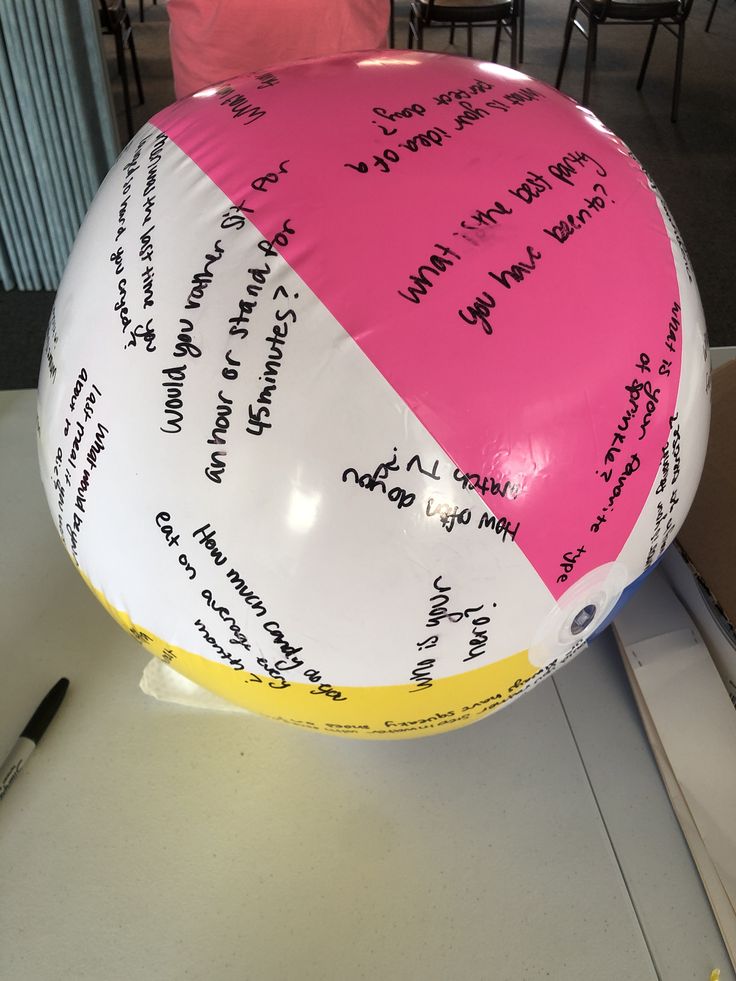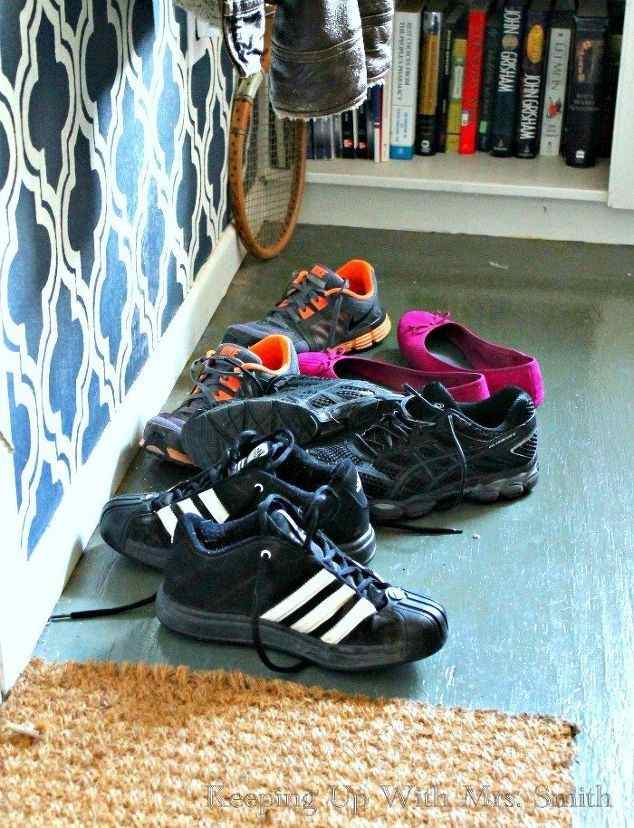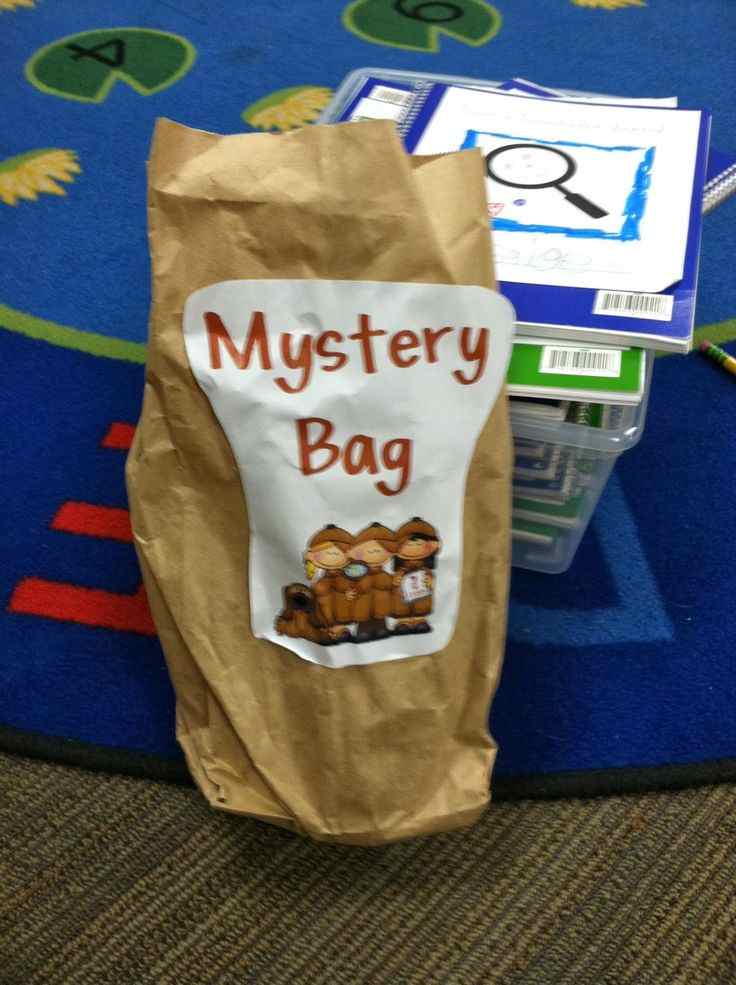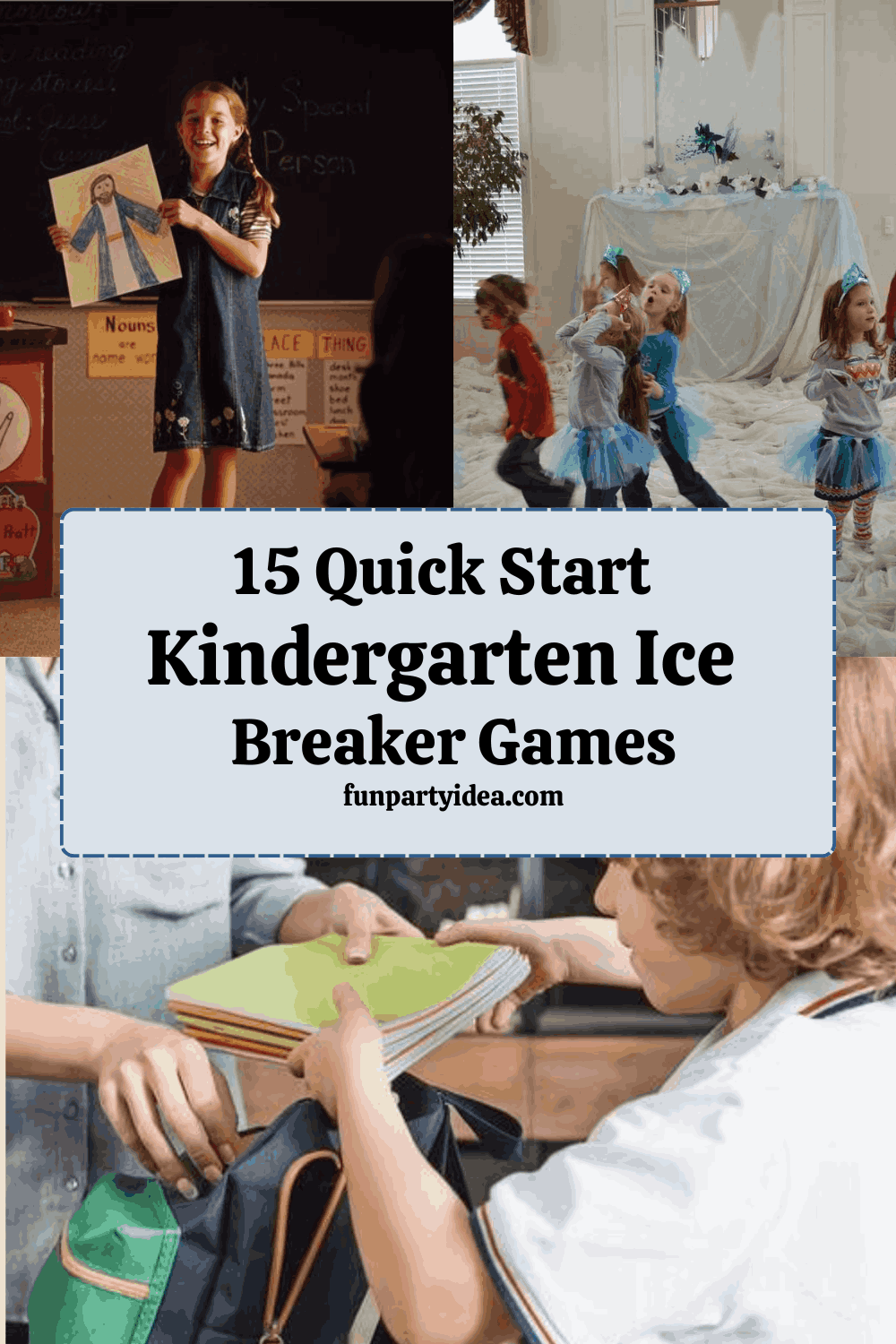The first days of school can feel a little awkward, but the right Back to School Ice Breaker Games can turn that around fast. These fun and simple activities help students relax, laugh, and start making connections right away. Whether you’re working with younger kids, teens, or even college students, these games set the tone for a welcoming and engaging classroom. With just a few minutes of play, students start feeling like a team instead of strangers.
Back To School Ice Breaker Games
Jumpstarting the school year with connection and energy is easier than you think. With the help of thoughtful Back to School Ice Breaker Games, you can break down those first-day jitters and get everyone talking, smiling, and participating. These games work well in classrooms, orientation sessions, or even online, and they’re great for building comfort and community from day one.
Classmate Categories
Students form groups based on things like favorite color, number of siblings, or pet ownership. It gets them mixing naturally.

• Builds fast connections
• No prep needed
• Can be played multiple times
Pass the Question Ball
Toss a beach ball with questions written on it. Whoever catches it answers the question under their right thumb.

• Always gets giggles
• Perfect for indoor or outdoor use
• Easily customizable
Paper Airplane Questions
Each student writes a question on a paper airplane. They toss them around, catch one, and answer the question aloud.

• Adds movement
• Easy to prepare
• Keeps things playful
Shoe Mix-Up
Everyone takes off one shoe and tosses it in a pile. Then, students find a random shoe and introduce themselves to the owner.

• Fun and unexpected
• Gets everyone up and moving
• Great for laughs
Quick Draw Partners
In pairs, one student describes a simple image while the other tries to draw it without seeing it. Then switch roles.
• Builds listening skills
• Encourages teamwork
• Adds creativity and fun
Classroom Tour Guides
Have students pair up and give each other “tours” of the classroom, pointing out things they notice or like.
• Builds familiarity
• Fosters conversation
• Makes students feel at home
Mystery Bag
Place small items in a bag and have students reach in, pull one out, and share a memory or story related to it.

• Promotes storytelling
• Easy to prep with random items
• Creates surprising moments
Speed Friendshipping
Students sit in two rows and talk to the person across from them for 30 seconds, then rotate. It’s like mini conversations.
View this post on Instagram
• Great for big groups
• Builds confidence fast
• Helps students meet many peers
Snowball Toss
This game gets students moving right away. Each person writes a fun fact on paper, crumples it, and tosses it into the room.
• Everyone grabs a random snowball
• Take turns reading them aloud
• Helps mix the group quickly
Puzzle Piece Match
Break students into pairs using matching puzzle pieces. It’s a hands-on way to start conversations.

• Works well in small or large groups
• Add student names for easy matching
• Creates instant partners
Name Chain
Start with one student saying their name and a fun fact. Each person repeats the names and adds their own.
View this post on Instagram
1
• Builds memory through repetition
• Adds some laughs
• Can be played sitting or standing
Personal Item Show and Tell
Have each student share one item from their backpack or pocket and tell why it matters to them.
• Encourages storytelling
• Sparks curiosity
• Works well for younger students
Quick Sketch Introductions
Each student draws something that represents them—no artistic skill needed! Then they explain it to the class.
• Creative and fun
• Great for visual learners
• Easy to set up with paper and pens
Snap and Share
If devices are allowed, students take a photo of something meaningful (like their pet or backpack item) and share the story.
• Tech-friendly
• Easy for shy students
• Builds a sense of sharing
Alphabet Freeze
Go around the room and have students share something about themselves that starts with the next letter of the alphabet.
• Fun word challenge
• Encourages thinking on the spot
• Helps build group rhythm
Beach Ball Q&A
Toss around a beach ball with fun questions written on it. The question closest to the catcher’s thumb gets answered.
• Keeps everyone moving
• Simple and adaptable
• Great for outdoors or indoors
Memory Match Challenge
Each student is given a card. Find the person with the matching word or image. Then learn something about each other.
• Makes pairing random and fun
• Adds a memory element
• Great start for partner work
Draw Your Mood
Let students draw how they feel about being back at school. Then invite them to share with a small group.
• Supports emotional expression
• Makes space for quiet voices
• Requires just paper and markers
Circle Compliments
Sit in a circle and have each student share a kind or funny comment about the person on their left.
• Boosts confidence
• Builds community
• Lightens the mood fast
The M&M Game
Give each student a few M&Ms. Each color stands for a type of fact (family, hobby, favorite food).
• Sweet and silly
• Encourages sharing
• Easy to prep ahead
This or That Corners
Call out fun “this or that” questions and have students move to the side of the room that matches their choice.
• Adds movement
• Sparks quick discussion
• Good for large groups
Who Am I? Sticky Notes
Stick a famous name or character on each student’s back. They walk around asking yes/no questions to figure it out.
• Encourages mingling
• Promotes critical thinking
• Great for older kids or teens
Common Ground
Pair up students and challenge them to find three things they have in common within one minute. Then share with the group.
• Simple and fast
• Builds empathy
• Works well in rotating pairs
Fact or Fiction
Each student says one true fact and one fake one. The group guesses which is real.
• Simple and funny
• Works with any age
• Encourages creativity
What’s in Common?
In small groups, students find three things they all have in common—without saying anything obvious.
• Builds teamwork
• Challenges surface-level answers
• Sparks fun discoveries
All About Me Collage
Let students cut and paste words or pictures to show who they are. Later, they present to the class or small groups.
• Encourages creativity
• Helps students express identity
• Great as a classroom display
Emoji Introductions
Have students pick an emoji that shows how they feel and explain their choice.
• Relatable and easy
• Opens the door to emotion
• Fun visual twist
Scavenger Hunt Names
Send students on a hunt to find classmates who match certain traits, like “has two pets” or “can juggle.”
• Gets everyone talking
• Quick to prepare
• Can be adapted by grade level
Me in Three Words
Ask students to describe themselves using just three words. Then discuss as a group or with a partner.
• Fast and thoughtful
• Encourages self-reflection
• Easy to turn into a wall display
The Line Game
Ask questions like “Who has traveled to another state?” and have students step forward if it applies.
• Builds understanding
• Promotes empathy
• Quiet but powerful
Back-to-Back Drawing
Pair students back-to-back. One describes a shape or object while the other draws it without looking.
• Builds listening skills
• Fun communication test
• Ends with lots of laughs
Quick Sketch Introductions
This fun and simple activity lets students express themselves visually. Ask everyone to draw something that represents them—like a favorite hobby, a pet, a dream job, or even a favorite food. There’s no pressure to be artistic. The goal is simply to share something about themselves in a creative way. After sketching, each student explains their drawing to the class or in small groups. It’s a low-stress way to get to know each other and adds a playful start to the school year.
• Creative and fun ice breaker
• Great for visual and shy learners
• Encourages storytelling through images
• Makes a fun display for the classroom wall
• No prep beyond paper and pens or crayons
FAQ
What are back-to-school ice breaker games?
Back-to-school ice breaker games are simple, engaging activities that help students interact and get to know each other at the beginning of a new school year. These games create a welcoming environment and make it easier for everyone to feel included from day one.
Why are ice breaker games important for students?
Ice breaker games help reduce nervousness, especially for students entering a new class or school. They promote early friendships, improve communication, and give students a chance to express themselves in a fun and casual way.
What types of ice breaker games work well for the first day?
Games that are easy to understand and low-pressure work best for the first day. Options like “Name Chain,” “My Summer Snapshot,” or “Classmate Categories” are perfect because they encourage conversation and group mixing without putting anyone on the spot.
How much time should be spent on ice breaker games?
Ice breakers typically take 5 to 15 minutes. They should be short enough to keep students interested but long enough to help them engage meaningfully. You can run a few quick ones or spread them out across the first week.
Do I need materials for these games?
Most ice breaker games require little to no materials. Some may use basic items like paper, pens, or small props, and a few may include technology like phones or tablets for photo-sharing or digital quizzes.
Can these games be used with different age groups?
Yes, most ice breaker games can be adapted for elementary, middle, or high school students. Younger kids may enjoy more guided and playful activities, while older students often prefer fast-paced or thought-provoking games that spark real conversations.

Hi, I’m Susan Rueckel — the voice behind Fun Party Idea! With a Bachelor’s Degree in Communications and a passion for bringing people together, I’ve spent years honing my skills in business development, customer service, event management, social media, and contract negotiation. Whether it’s planning unforgettable parties or sharing creative ideas to make your celebrations shine, I love turning everyday moments into something truly special. Let’s make your next event the most fun one yet!


